Dog Ignoring You? 4 Dog Name Strategies to Help!
Are you using your dog’s name in the best and smartest ways you can? In this post, I will show you four things you need to consider when using your dog’s name.
MEMORIZING SOUNDS
Dogs don’t understand the concept of names like we do. They’re pretty good at memorizing sounds and chains of sounds and then assigning meanings to them. So they can learn to recognize words and phrases even though they don’t process language. On average, a dog can learn about 165 words, and even up to 300 in some cases. [edit: the Border Collie Chaser—sadly passed away—knew over 1000 words, although this is an anomaly and not the norm].
One of the primary aims of training is to teach our dogs the meanings of words. With practice, they learn to respond in a particular way to a particular sound. Among the most important sounds a dog needs to recognize is their name (which I show you how to do in another post). So let’s take a look at some strategies to help you get the most bang out of your dog’s name.
Don’t use your dog’s name as part of a correction or a reprimand.
Dogs are really, really responsive to classical conditioning. For this reason, you have to be careful about what you’re teaching. You always want your dog to have a good, favorable association with their name. Every time you say it, it should be accompanied by good emotions in the dog’s brain. This is a Conditioned Emotional Response (CER), and I’ve mentioned that concept before.
Yelling their name, or hissing it with exasperation and frustration, will only pair bad emotions with it. From there, reliability will start to erode. This is an important consideration when training Come, for example. When I say my dog’s name, I want them to look at me because they have good expectations about what I want. I don’t want them to pretend they don’t hear me because they’re avoiding me.
Many people, in fact, actually use their dog’s name as a reprimand! This is bad news because, over time, you are teaching your dog to believe hearing their name means they’re in trouble. These folks often wonder why the dog won’t come when called and generally won’t listen. Using their name as part of a reprimand or as a reprimand is a huge contributing factor to not listening to you. Remember: you’re correcting the behavior, not the dog as an individual.
So, address the behavior you don’t like without making it personal. When you need to follow up, or stop them from doing something, or communicate that you’re not happy, there’s usually no need even to use your dog’s name unless it’s an emergency (and we’ll get to that in a minute). Interrupts like, “Enough!” or, “Leave It!” or, “Drop It!” and even just, “Hey hey hey!” rarely need to be preceded by the name. Instructive reprimands and specific redirects don’t need the name either. The name should only:
- Precede requests
- Be used to get their attention in emergencies.
We, humans, make a lot of mistakes. So, say your dog’s name nicely. Always. Even when you’re mad. And, since we know they’re making associations, use your dog’s name to do fun things together, or to reward them, or when you’re praising them. Pairing their name with lavish praise, using it as a precursor to good things, and as a gateway to important requests will create a conditioned emotional response in these cases, too, and wiring that brain to love hearing their name. As I said in the Positive Training Trifecta video, we are always Classically Conditioning our dogs, so don’t waste the opportunity!
DON’T NAG YOUR DOG WITH IT
When you want your dog’s attention, stop repeating it ad nauseam. When you do this, you denature their name, making it meaningless background noise. You’re teaching them to ignore it, which will give you trouble down the road. I always work with my students to help them get their dogs to respond to things the first time we ask for behaviors like Sit, Come, Down, Leave It, etc.
Similarly, your dog should look at you immediately when you say their name. Suppose you’re having trouble getting your dog’s attention. In that case, the solution is not to nag them and hope they remember you’re there: the solution is to go back to the drawing board, do attention and focus exercises, and have more bonding experiences. In the meantime, monotonous repetition of their name didn’t work the first 100 times you tried it, so stop doing that and do something else!
USE YOUR DOG’S NAME AS PART OF A CODING SYSTEM
We can code our requests and assign importance based on how we use our dog’s name. Dogs learn their names, but most dogs have several familiar names or nicknames too. Dogs are also capable of responding to these. Like many families, my dogs have several. So, we code requests and assign importance according to what name we use.
- Using one of their nicknames tells your dog that the following request is a suggestion. We’d like for them to do it, but if they don’t want to, it’s not a big deal.
- If we use their Formal name, we’re telling them that the following request is not optional. We need them to do it immediately or we will follow up.
This will help you share some control with your dog and help them understand more when you need something done. Sharing control has been proven repeatedly in animal psychology and behavior, parenting, schools, and the workplace. Do we really need to micromanage every aspect of their lives? Listen: not every request you make to your dog has to be an order. They’re not robots. Some things are just suggestions. We do this all the time with the humans in our lives. Can you imagine how silly it would be if we followed up on everything like it was life or death? Think also of a mother (maybe even your mom). Mothers do this coding all of the time, depending on the name they use:
- “Hey Kenz, can you hand me the dog treats?”
- “Mackenzie, stop feeding the dog.”
- “Mackenzie Megan! Stop hitting your sister!”
Do you see how that works? Between my parents and my extended family, I have dozens of nicknames. My wife and I have several pet names for each other. I’m sure all of your friends and family are just the same. Our dogs are family, and I’m betting you have a truckload of nicknames for your dog too. SO USE THEM as part of your management. This will help you decide from moment to moment how much energy you can and should expend on management and save you some headaches down the road.
Of course, the most important factor to making this work is consistency and common sense. Don’t make a big deal out of every single little, daily thing around the house, and don’t give a Must-Do command unless you are willing and able to follow up. You may also have a repertoire of commands that are only given when it’s a must-do situation. These are things like Emergency Stops, or Distance Downs, or even a Heel. Likewise, don’t use these unless it’s really important.
Coding can also help you differentiate requests amongst more than one dog. Each dog’s name tells everyone who each request is for.
TRAIN URGENCY WITH REWARD SCALING
Sometimes we’re in emergency situations, like if the dog is about to do something dangerous. In these instances, we will not be able to help ourselves…we will yell. We will shout their names. However, this needs to indicate that the situation is urgent, not that they’re in trouble. We can teach that using reward scaling and practice.
When I get louder, I want a dog to think, “Oh man, this must be important!” I don’t want a dog to think they’re in trouble, making them hesitate and possibly make the wrong decision. So, for example, you could practice calling your dog’s name for attention and scale up the reward the louder you get. Kibble for tone neutral, treats for calling loudly, a jackpot for shouting, and then a $10,000 jackpot for outright yelling. Your dog will think, “Hey, it’s kinda spooky that you yelled at me, but the buffet was awesome so I’m alright with it.” Then, the next time you yell when they squirt out the front door, they’ll pay better attention. I talk more about this concept in the Rewards Scaling video.
CLOSURE
So let’s recap guys:
- Don’t use your dog’s name as a reprimand or even as part of one
- Use your dog’s name a lot during fun activities and praise
- Don’t nag your dog with their name (actually, just stop nagging altogether)
- Code requests with either their formal name or their nickname, depending on how important it is
- Use dog’s names to differentiate amongst several dogs
- Teach your dog that Volume = Urgency with a Reward Scaling exercise.
Being cognizant of how the little things make a big difference is a tremendous tool in training your dog to be happy, healthy and well-behaved. Think about how you use your dog’s name (and nicknames) and start implementing these strategies in your daily life.
So questions for you: what are some of the things you discovered about your training in this video, and what are some changes you will make? Also, what questions do you have about using your dog’s name? Let me hear about it in the comments.
As always: keep learning, keep practicing, and we’ll see you next time. Thanks for reading and watching!


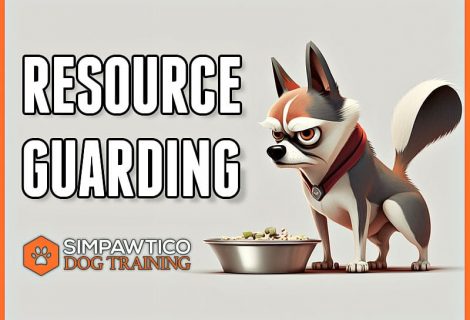
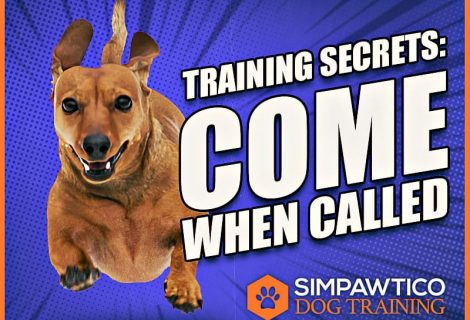
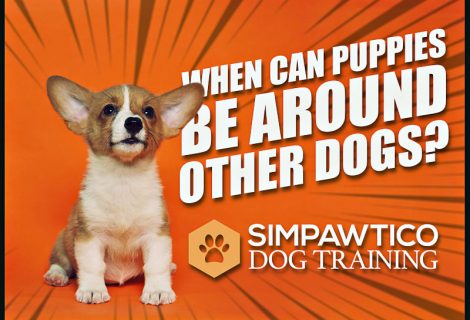

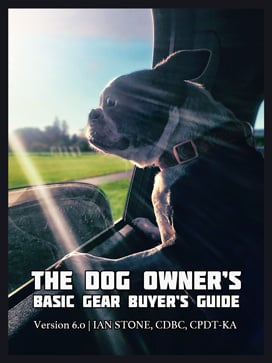


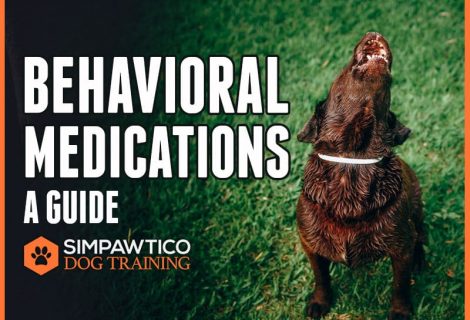
This was such GREAT information! I had never thought about it before. I have immediately started changing how I use my dog’s name! Thank you so much!! Makes so much sense yet I had never thought about it.